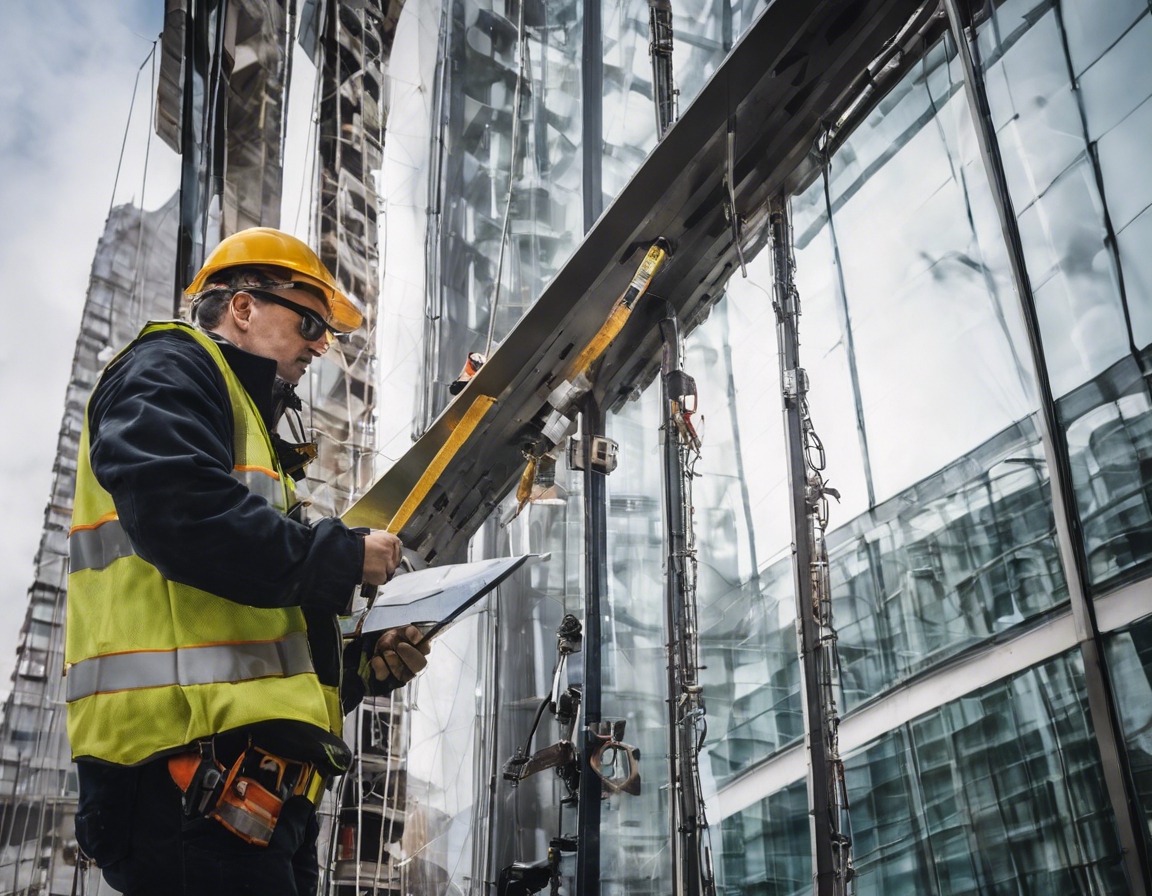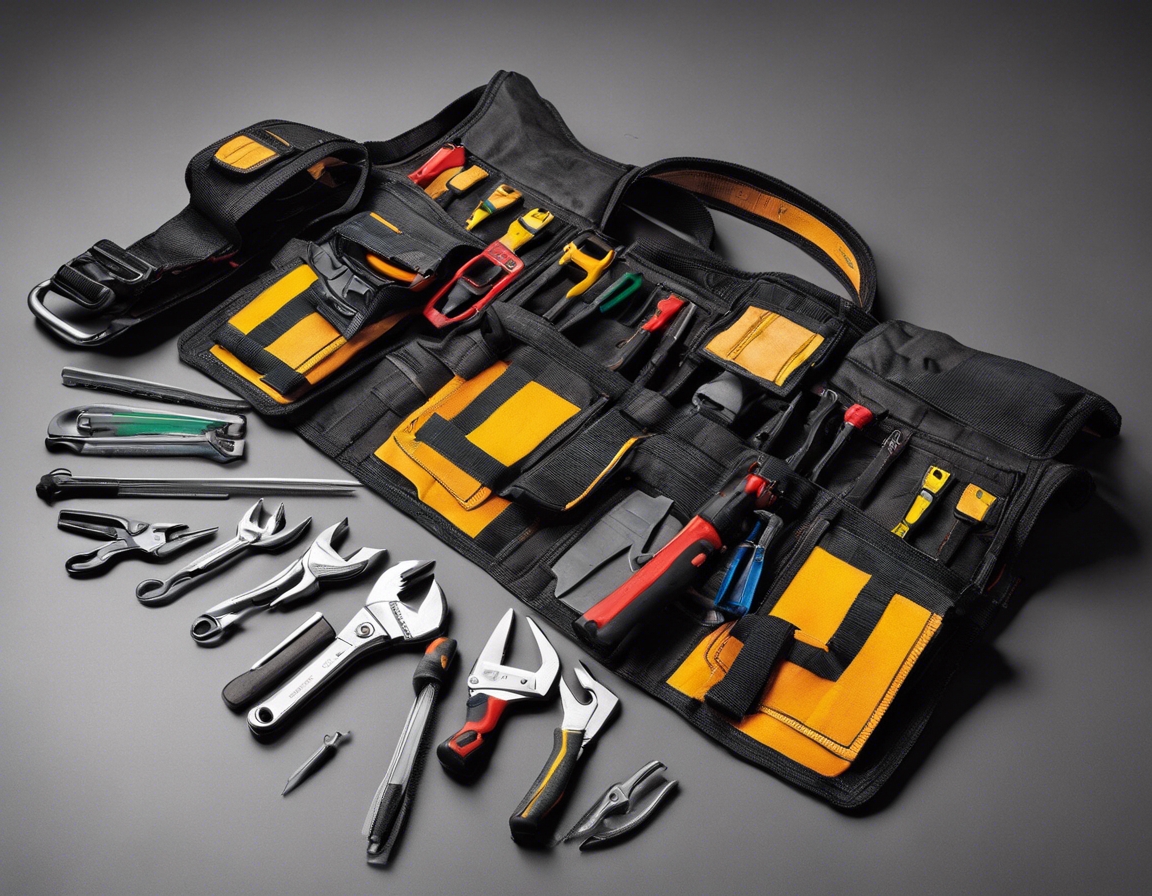5 signs your building needs structural reinforcement
Ensuring the structural integrity of a building is crucial for the safety of its occupants and the longevity of the structure itself. Over time, buildings may exhibit signs that indicate a need for structural reinforcement. Recognizing these signs early can prevent catastrophic failures and costly repairs.
Understanding Structural Reinforcement
Structural reinforcement involves strengthening the existing framework of a building to improve its ability to withstand loads and environmental stresses. This process is essential for maintaining the safety and functionality of aging structures or those compromised by design flaws, natural disasters, or material degradation.
Structural integrity is the backbone of any construction. It ensures that a building can endure the stresses of everyday use, as well as extraordinary events without collapsing or sustaining significant damage. For construction companies, government agencies, and property developers, maintaining structural integrity is not just a matter of compliance, but a commitment to safety and sustainability.
Sign #1: Visible Cracks in Walls or Foundations
Not all cracks are created equal. While small, hairline cracks might be cosmetic, larger, more pronounced cracks can signal serious structural issues. It's essential to monitor the size and growth of these fissures to determine if they pose a threat to the building's stability.
Cracks can result from a variety of factors, including foundation settlement, thermal expansion and contraction, or even seismic activity. When these cracks become significant, they can compromise the building's structural integrity, leading to a greater risk of collapse or failure.
Sign #2: Uneven or Sagging Floors
Uneven or sagging floors are often a telltale sign of underlying structural issues. They can indicate problems with the building's foundation or support beams, which may require reinforcement to prevent further damage.
If left unaddressed, these irregularities can lead to more severe structural damage, affecting the overall stability of the building and potentially leading to a hazardous situation.
Sign #3: Difficulty Operating Windows and Doors
Windows and doors that are difficult to open or close can be more than just an annoyance; they can also be symptoms of a shifting foundation or other structural problems. When the frames become misaligned, it's often an indication that the building is experiencing uneven settling or other stresses.
Such alignment issues can compromise the structural integrity of the building, necessitating a thorough evaluation and possible reinforcement to ensure the safety and functionality of the structure.
Sign #4: Water Damage and Leaks
Water damage and leaks can be particularly insidious, as they often go unnoticed until significant damage has occurred. Stains, mold growth, and persistent dampness are signs that water is compromising the building's materials.
Continuous exposure to water can weaken structural components, leading to deterioration that requires immediate attention and reinforcement to prevent further damage and potential failure.
Sign #5: Bowed Walls or Bulging Structures
Bowed walls or bulging structures are clear indicators of stress within the building's framework. These deformations can result from excessive external pressure, such as soil expansion or heavy loads, and they signal a need for structural assessment and reinforcement.
Ignoring such signs can lead to catastrophic outcomes. It is imperative to address these issues promptly to ensure the building's safety and to avoid the high costs associated with major structural failures.






Comments (0)